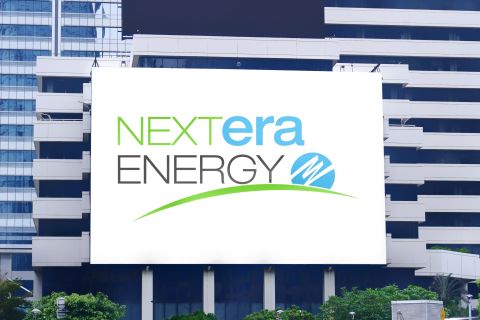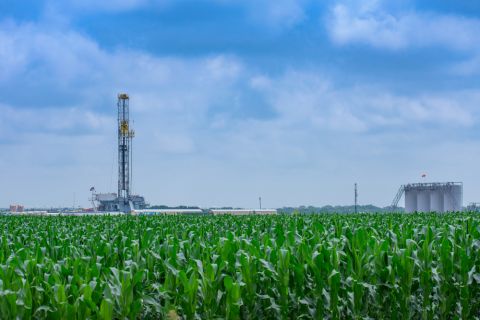
Lenders are growing pessimistic amid banking crisis. (Source: Shutterstock)
Expectations for E&Ps’ access to capital soured in March amid an ongoing banking crisis and commodity price volatility — despite a surprise cut in production by OPEC, according to Haynes Boone’s spring 2023 Borrowing Base Redeterminations Survey.
Nearly three-quarters of respondents said they expect oil and gas producers’ borrowing bases to stay flat or decrease by 10% or more. The survey questioned 96 executives of oil and gas lenders and borrowers, professional service firms, oilfield service companies and other firms in the industry. (42% were lenders and 36% were oil and gas producers.)
The responses show a significant swing in optimism compared to Haynes Boone’s fall 2022 survey. In October, the law firm’s survey found that roughly one-half of industry respondents expected borrowing bases to rise between 10% and 20%.
Among reserve-based lenders (RBL), 46% said they were slightly unfavorable or very unfavorable toward a borrower sponsoring an asset-backed security transaction to raise capital. Haynes Boone said that 46% of respondents had no opinion.
“The latest survey reflects greater pessimism, which is a byproduct of the recent banking crisis and commodity price volatility, which offset the unexpected decision by several OPEC+ countries to voluntarily cut oil production,” said Kraig Grahmann, a Haynes Boone partner and head of the firm’s Energy Transactions Practice Group.
Respondents in the new survey said nearly a quarter of producers’ capital in the next 12 months will be sourced from cash flow from operations. That is more than any other expected source.
Among other findings, Haynes Boone found that:
Producers have been utilizing ABS (working interest securitization) transactions, in part, due to the lack of a robust RBL market. However, only a small percentage of respondents (12%) report that RBL lenders view these ABS transactions favorably.
Among family offices, the March survey said their largest capital will come from their own equity — 12% compared to 7% in the fall. Another 20% is expected to be funded by bank debt from banks, 11% from private equity, 9% from monetization transactions, 8% from joint ventures with private equity firms, 8% from debt from alternative capital providers, 5% from debt from capital markets, 2% from equity from capital markets and 1% from other sources.
Haynes Boone’s energy practice includes advising lenders and borrowers in oil and gas. Its borrowing Base Redeterminations Survey is widely followed in the industry.
Recommended Reading
NextEra Energy Dials Up Solar as Power Demand Grows
2024-04-23 - NextEra’s renewable energy arm added about 2,765 megawatts to its backlog in first-quarter 2024, marking its second-best quarter for renewables — and the best for solar and storage origination.
Halliburton’s Low-key M&A Strategy Remains Unchanged
2024-04-23 - Halliburton CEO Jeff Miller says expected organic growth generates more shareholder value than following consolidation trends, such as chief rival SLB’s plans to buy ChampionX.
Enverus: Q1 Upstream Deals Hit $51B, But Consolidation is Slowing
2024-04-23 - Oil and gas dealmaking continued at a high clip in the first quarter, especially in the Permian Basin. But a thinning list of potential takeout targets, and an invigorated Federal Trade Commission, are chilling the red-hot M&A market.
Baker Hughes Awarded Saudi Pipeline Technology Contract
2024-04-23 - Baker Hughes will supply centrifugal compressors for Saudi Arabia’s new pipeline system, which aims to increase gas distribution across the kingdom and reduce carbon emissions
Ithaca Energy to Buy Eni's UK Assets in $938MM North Sea Deal
2024-04-23 - Eni, one of Italy's biggest energy companies, will transfer its U.K. business in exchange for 38.5% of Ithaca's share capital, while the existing Ithaca Energy shareholders will own the remaining 61.5% of the combined group.




